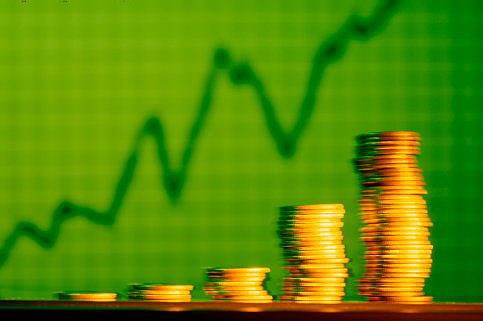The types of inflation are associated with different causes (roots) that determine the growth of prices. The term ‘inflation’ generally means price growth in an economy. Prices can essentially increase for two reasons, due to the excess demand for goods compared to supply or for the growth of production costs of goods.
Generally, the origin of inflation is ascribed to two different categories of events:
- events caused by the state , such as government crises, wars, disasters;
- events caused by trade , such as excessive discount transactions that a badly managed credit system could put in place.
It is therefore Possible To Distinguish the Following Types of Inflation:
- Demand inflation
In the case of demand inflation, the prices of goods and services increase as a consequence of the growth in consumer and business demand. The offer does not adjust instantly to the demand, generating price growth. - Inflation of costs
In the case of cost inflation, price increases are not caused by demand, but by the increase in production costs (eg oil, raw materials, wages, etc.). The two origins of inflation outline two very different inflation scenarios. - inflation of profits : this is the situation in which prices rise above the increase in wages and production costs . This is a type of inflationary crisis that can happen frequently considering that the modern industry has a tendency to oligopoly which profits from this situation.
- consumption inflation : in this case the crisis is caused by an increase in the demand for goods and services which, according to the law of supply and demand, causes prices to rise. This type of crisis is short-lived even if it is potentially recurrent: think for example at Christmas time, when employees receive the thirteenth month that in a few days is spent in the market, obviously causing a price increase.
- credit inflation : this type of crisis is triggered by banks that by disbursing loans and carrying out discount transactions beyond the physiological threshold – defined as normal – actually increase the working medium causing an increase in prices;
- tax inflation : this is the case of the State, which, being short of money to fulfill its obligations, orders the central bank to increase the circulating medium, issuing new money.
Finally we say that inflation comes in three different guises, depending on the extent of the monetary devaluation produced:
a) we will talk about subtle inflation , or creeping inflation or slow inflation when it will not be perceived by the majority of consumers because of small size. However it is present and above all it is constant over time. In this case the maximum peaks are hardly higher than 5% or 6% ;
b) is called robust inflation , on the other hand, when the measurement of the same exceeds 6% ;
C) finally, even galloping inflation is defined when prices undergo a surge, a vertiginous peak and obviously these are the most serious cases.
